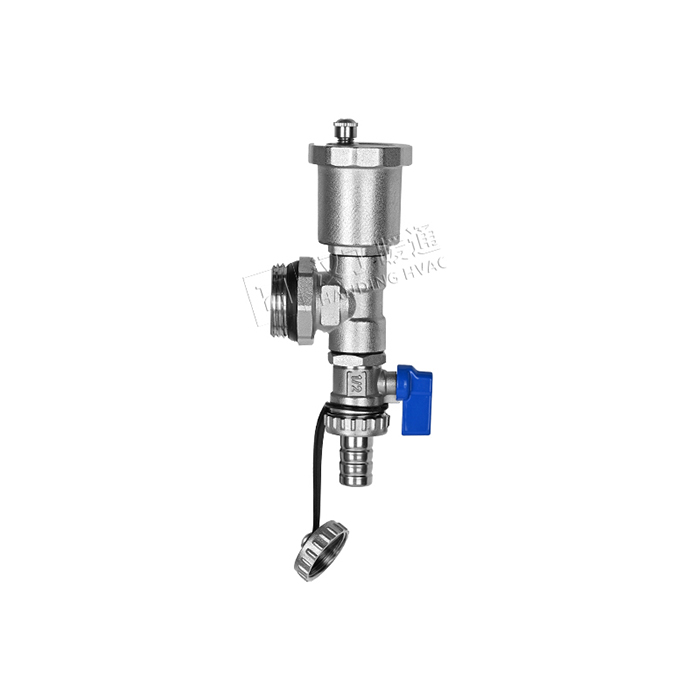 September 06, 2024
September 06, 2024In the vast field of industrial production, Air Vent and Check Valve, as key components of fluid control systems, play a vital role. They not only ensure the smooth progress of the production process, but also ensure the safety and efficiency of the equipment. This article will explore the working principle, core role, selection strategy and importance of maintenance of Air Vent and Check Valve in depth, and provide comprehensive and in-depth guidance for industrial users.
Air Vent: Precise regulation to ensure system breathing
As the name suggests, the air discharge valve is responsible for discharging excess gas or steam in the system.

1.1 Core role
(1)Protect equipment: Prevent equipment from being damaged by overpressure by discharging excess gas in time.
(2)Improve efficiency: Ensure smooth flow of fluid inside the system and reduce efficiency loss caused by gas accumulation.
(3)Extend life: Reduce the impact of pressure fluctuations on system components and extend the service life of equipment.
1.2 Selection strategy
(1)Discharge efficiency: Select the appropriate discharge rate according to system requirements to ensure that the gas can be discharged in time.
(2)Sealing performance: Choose a discharge valve with good sealing performance to prevent gas leakage.
(3)Material adaptability: Consider the characteristics of the medium and choose corrosion-resistant and high-temperature resistant materials.
(4)Installation and maintenance: Ensure that the discharge valve is easy to install and maintain, and facilitate later operation.
Check Valve: Guard the flow direction of the medium and prevent backflow damage
Check valve, also known as one-way valve, is a valve that allows the medium to flow in one direction and automatically prevents the medium from backflowing. According to its structure and working principle, check valves can be divided into swing type, lifting type, butterfly type and other types.
2.1 Core function
(1)Prevent backflow: Ensure that the medium can only flow in the predetermined direction to prevent backflow from causing damage to the system.
(2)Protect pumps and equipment: Prevent the medium from backflowing and causing pump reversal or equipment damage.
(3)Improve system stability: Reduce system fluctuations caused by backflow and improve system operation stability.
2.2 Selection strategy
(1)Media compatibility: Select suitable check valve materials according to the medium type to ensure that the valve works stably in a specific medium.
(2)Pressure and temperature range: Make sure the selected check valve can withstand the working pressure and temperature range of the system.
(3)Closing performance: Choose a check valve that closes quickly and seals reliably to prevent backflow of the medium.
(4)Flow requirements: Choose the appropriate check valve size according to the system flow requirements to ensure smooth flow of the medium.
Maintenance: The key to extending the service life of Air Vent and Check Valve
Regular maintenance is the key to ensuring long-term stable operation of both air discharge valves and check valves. Here are some basic maintenance recommendations:
(1)Regular inspection: Regularly check the sealing performance of the valve, whether the connection parts are loose, and whether there are any leaks.
(2)Cleaning and maintenance: Regularly clean the impurities and dirt inside the valve to keep the valve unobstructed.
(3)Replace wearing parts: Replace the wearing parts in the valve in time according to the usage, such as gaskets, springs, etc.
(4)Professional maintenance: For complex maintenance work, you should seek the help of professionals to ensure the quality and safety of the maintenance.
As an important part of the industrial fluid control system, Air Vent and Check Valve can make better use of these key components and provide strong guarantees for industrial production by deeply understanding their working principles, core functions, selection strategies, and the importance of maintenance.
GET A QUOTE